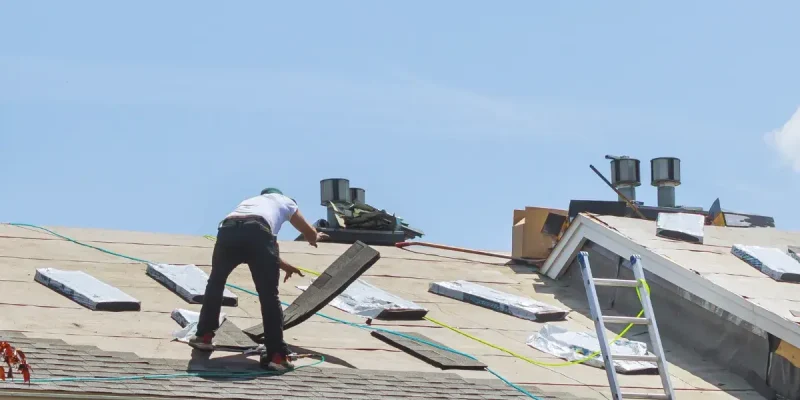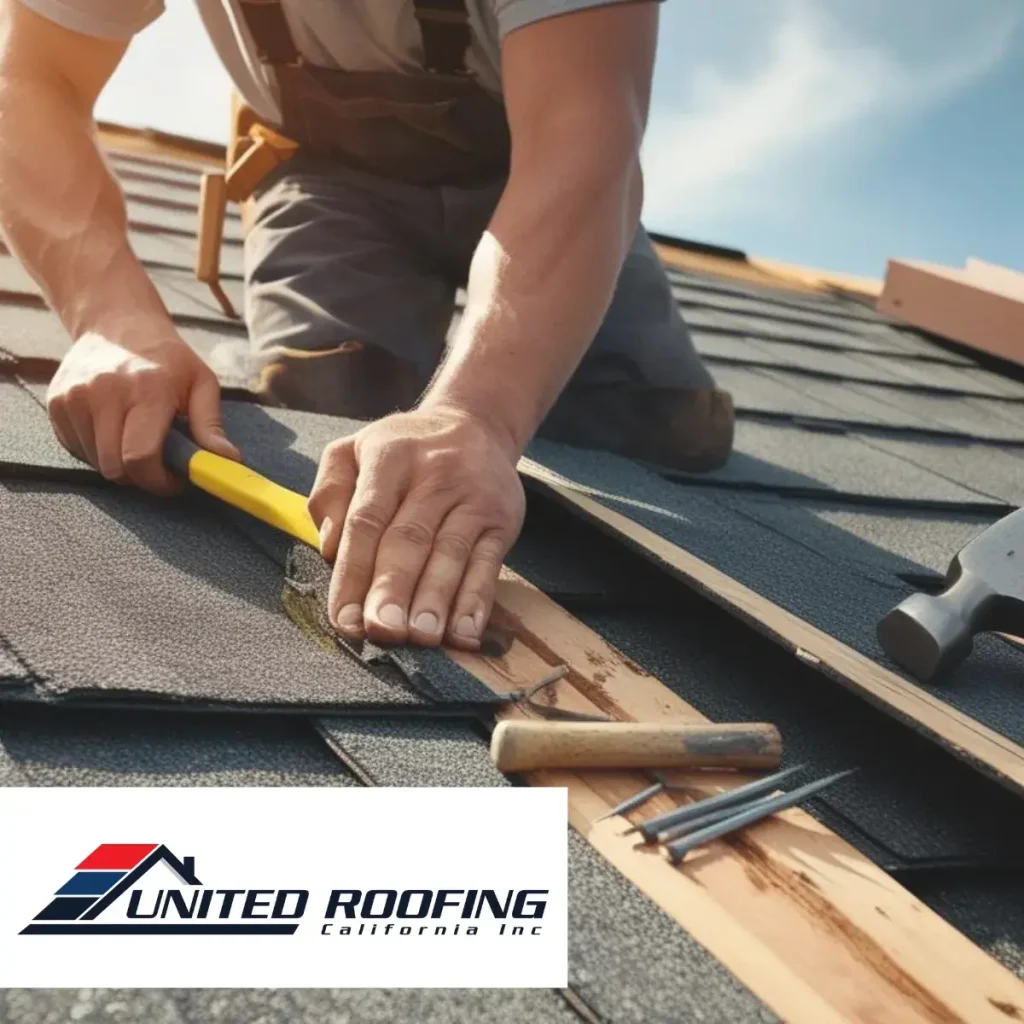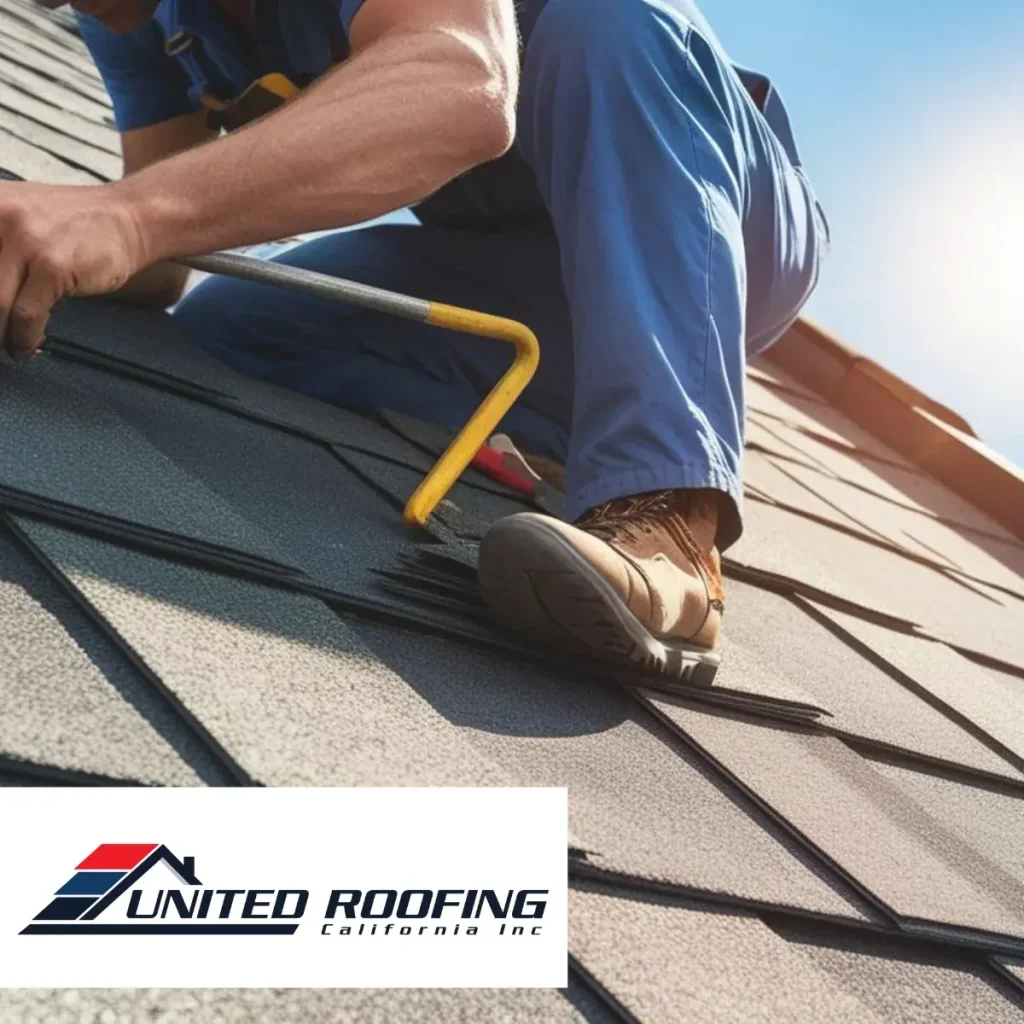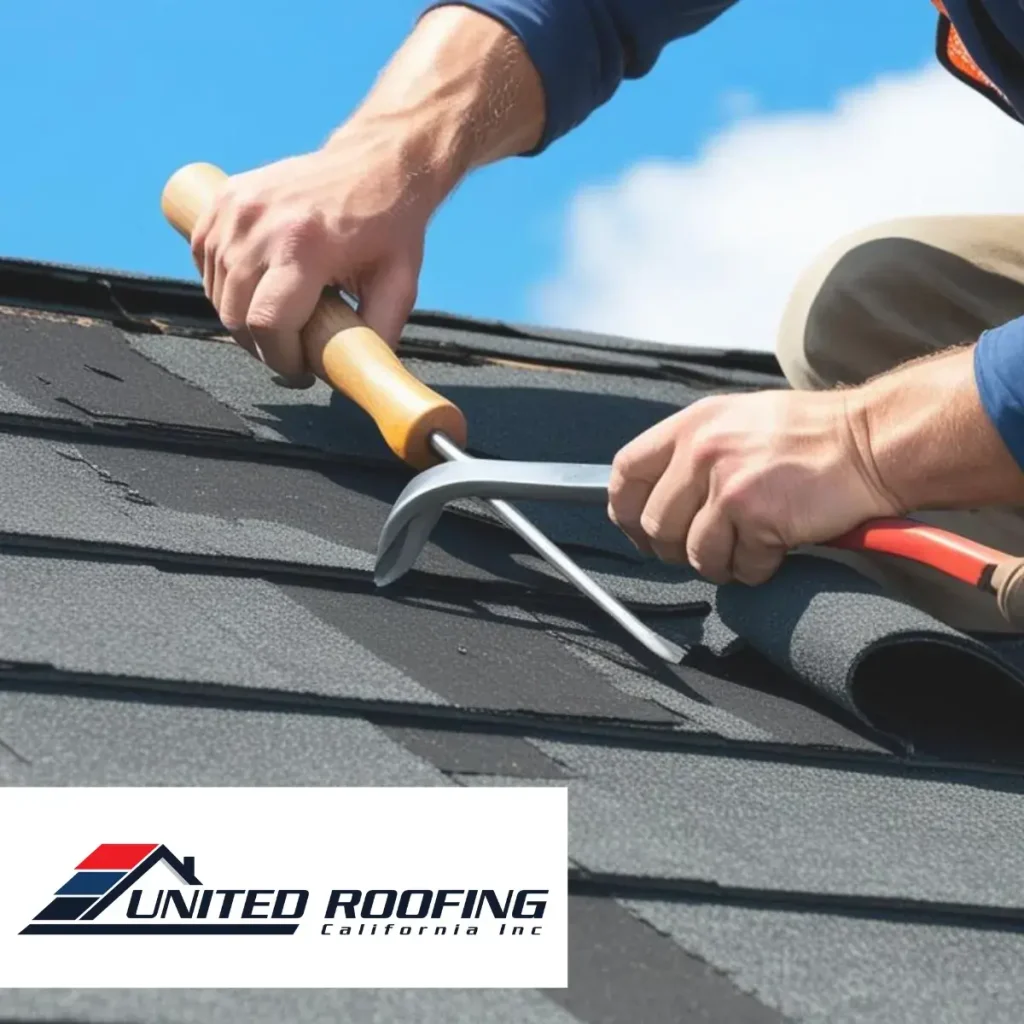The lifespan of a roof is one of the most critical aspects of home maintenance that every homeowner should understand. Knowing when to replace your roof can save you from unexpected repairs and costly damage to your home’s interior. Factors such as the type of material, local weather conditions, and proper maintenance all contribute to how long your roof will last. Ignoring early warning signs can lead to extensive water damage, structural issues, and reduced energy efficiency, making timely roof replacement essential for protecting your investment.
Factors That Influence Roof Longevity
Several factors determine how often your residential roof will need to be replaced. The most influential factor is the roofing material itself. For instance, asphalt shingles typically last between 15 to 30 years, while metal roofs can endure for 40 to 70 years with proper care. The local climate also plays a significant role; homes exposed to extreme heat, heavy rainfall, or high winds may experience faster wear and tear. Regular maintenance, such as cleaning debris, inspecting for damage, and addressing minor repairs, can extend your roof’s lifespan significantly. Ignoring these upkeep tasks can shorten the roof’s durability and accelerate the need for a roofing replacement.
Recognizing When Your Roof Needs Replacement
Being able to identify the signs that your roof is nearing the end of its life can save you from larger, costlier issues. Persistent leaks, visible sagging, and damaged or missing shingles are clear indications that action is needed. In some cases, mold growth or water stains on the ceiling signal underlying issues that could require immediate attention. If your roof has surpassed its expected lifespan, even if no visible damage is apparent, it’s wise to consult a professional to evaluate whether a roofing replacement is necessary. Regular inspections every few years can help detect these issues before they escalate into more serious structural concerns.
Material Lifespan and Replacement Timelines
The type of material your roof is made from directly impacts how frequently it will need to be replaced. Asphalt shingles are a common choice for residential properties due to their affordability and ease of installation, usually lasting about two decades. Metal roofing offers a longer-lasting solution, with some systems enduring up to 70 years when maintained correctly. Tile and slate options, while more expensive, provide exceptional longevity, sometimes lasting over 100 years. However, even the most durable roofs will eventually require attention. A well-timed roofing replacement can increase your home’s value, improve energy efficiency, and provide peace of mind.
Why Regular Inspections Are Essential
Regular roof inspections are crucial in determining the actual condition of your roof and preventing unexpected failures. A professional evaluation can identify minor issues like cracks, loose shingles, or early signs of water infiltration that are not immediately visible to homeowners. Addressing these concerns early can prolong the life of your roof and delay the need for a full replacement. An inspection also helps ensure that your roof complies with local building codes and insurance requirements, offering both safety and financial benefits. Investing in routine assessments can ultimately minimize the risk of sudden damage, extending the time between necessary roofing replacements.
Learn More





